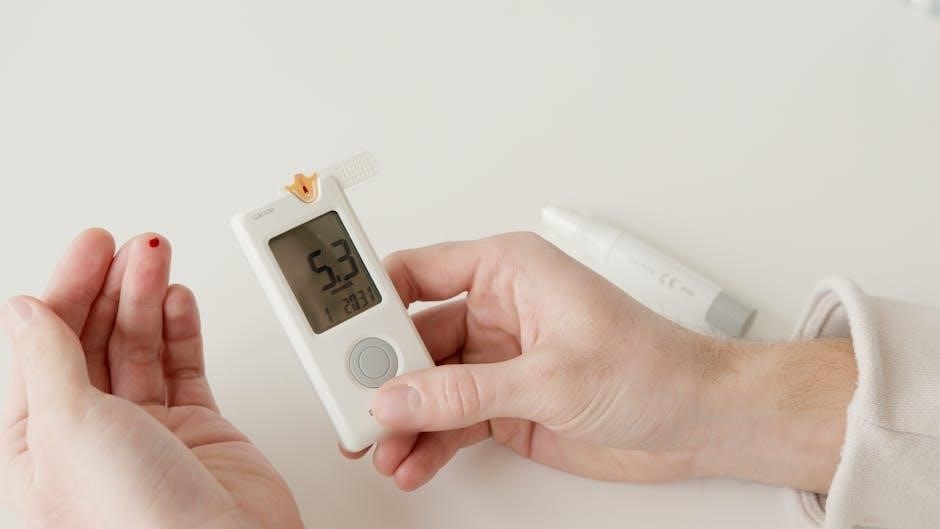General Overview of SDTM 3.3

Key Features of SDTM 3.3
Revisions and Enhancements in SDTM 3.3
The SDTM 3.3 document includes several revisions and enhancements to prior versions, with a focus on improving data organization and formatting for human clinical trials.
The revisions aim to facilitate greater clarity and consistency in the presentation of clinical trial data.
Some of the key revisions and enhancements in SDTM 3.3 include the introduction of new domains and the revision of existing ones to better support the reporting of clinical trial data.
The SDTM 3.3 document also provides guidance on the use of permissible variables and the handling of missing data.
Overall, the revisions and enhancements in SDTM 3.3 are designed to improve the quality and consistency of clinical trial data, and to support the efficient exchange and review of data between organizations. The revisions and enhancements in SDTM 3.3 are an important step forward in the standardization of clinical trial data, and will support the continued improvement of clinical trial reporting and review processes.

Purpose of SDTM 3.3 Implementation Guide
The guide provides standards for organizing and formatting clinical trial data for human trials, ensuring consistency and clarity in data presentation and exchange.
Role of CDISC in SDTM 3.3 Development
The Clinical Data Interchange Standards Consortium (CDISC) plays a crucial role in the development of SDTM 3.3, as it is responsible for creating and maintaining the standard. CDISC is a global, non-profit organization that develops and supports data standards for clinical research. The organization’s Submissions Data Standards team is specifically involved in the development of SDTM 3.3, ensuring that the standard meets the needs of the clinical research community. CDISC works with stakeholders from across the industry to gather feedback and ensure that the standard is practical and effective. By developing and maintaining SDTM 3.3, CDISC aims to facilitate the efficient exchange and analysis of clinical trial data, ultimately supporting the development of new medicines and treatments. The organization’s efforts have a significant impact on the clinical research community, enabling researchers to focus on advancing medical science rather than struggling with data management issues. CDISC’s role in SDTM 3.3 development is essential to the standard’s success and adoption.

SDTM 3.3 Guidance on Permissible Variables
Disposition Assumptions in SDTM 3.3
The disposition assumptions in SDTM 3.3 have been revised to facilitate greater clarity and consistency in the representation of clinical trial data. This revision aims to improve the accuracy and reliability of the data, making it easier to analyze and interpret. The revised disposition assumptions provide a clearer understanding of the patient’s journey throughout the clinical trial, from enrollment to completion or discontinuation. The SDTM 3.3 implementation guide provides detailed guidance on how to apply these revised assumptions, ensuring that the data is collected and reported in a standardized and consistent manner. By using these revised disposition assumptions, sponsors and researchers can ensure that their clinical trial data is of high quality and meets the regulatory requirements. The revised disposition assumptions are an important enhancement in SDTM 3.3, and their implementation is crucial for the success of clinical trials.
SDTM 3.3 is available in PDF and HTML format for easy access online now.
Importance of SDTM 3.3 for Human Clinical Trials
The SDTM 3.3 plays a crucial role in human clinical trials as it provides a standardized format for collecting and submitting clinical trial data.
This standardization enables efficient and accurate data analysis, which is essential for assessing the safety and efficacy of new treatments.
The use of SDTM 3.3 also facilitates the sharing of data between organizations and regulatory authorities, streamlining the clinical trial process.
By using SDTM 3.3, clinical trial sponsors can ensure that their data is accurate, complete, and consistent, which is critical for making informed decisions about new treatments.
Overall, the importance of SDTM 3.3 for human clinical trials cannot be overstated, as it provides a foundation for high-quality data management and analysis.
The SDTM 3.3 is widely adopted and its importance will continue to grow as the clinical trial landscape evolves.
It is essential for clinical trial professionals to understand the importance of SDTM 3.3 and its role in ensuring the quality and integrity of clinical trial data.
This understanding will enable them to make effective use of SDTM 3.3 and contribute to the success of clinical trials.
The use of SDTM 3.3 is a critical component of clinical trial data management and its importance will continue to be recognized by regulatory authorities and clinical trial sponsors.
It provides a standardized approach to data collection and submission, which is essential for ensuring the quality and integrity of clinical trial data;
The importance of SDTM 3.3 for human clinical trials is clear, and its use will continue to be an essential part of clinical trial data management.
The SDTM 3.3 is a valuable resource for clinical trial professionals and its importance will continue to grow as the clinical trial landscape evolves.
It provides a foundation for high-quality data management and analysis, which is critical for assessing the safety and efficacy of new treatments.
The use of SDTM 3.3 is essential for clinical trial sponsors and regulatory authorities, and its importance will continue to be recognized.
It is a critical component of clinical trial data management, and its use will continue to be an essential part of clinical trials.
The importance of SDTM 3.3 for human clinical trials is undeniable, and its use will continue to grow as the clinical trial landscape evolves.

Organization and Structure of SDTM 3.3
The SDTM 3.3 is organized into domains and variables, with a clear structure for standard clinical study tabulation datasets, using a logical and consistent format always.
Standard Clinical Study Tabulation Datasets in SDTM 3.3
The standard clinical study tabulation datasets in SDTM 3.3 are designed to provide a consistent and standardized way of organizing and presenting clinical trial data.
These datasets are used to facilitate the exchange and submission of clinical trial data to regulatory authorities, and to enable the comparison and analysis of data across different studies.
The SDTM 3.3 provides guidance on the structure and content of these datasets, including the variables and domains that should be included.
The use of standard clinical study tabulation datasets in SDTM 3.3 helps to improve the quality and consistency of clinical trial data, and to reduce the time and effort required to prepare and submit data to regulatory authorities.
By using these datasets, sponsors and researchers can ensure that their clinical trial data is accurate, complete, and consistent, and that it can be easily shared and compared with other studies.
Overall, the standard clinical study tabulation datasets in SDTM 3.3 play a critical role in facilitating the efficient and effective exchange of clinical trial data.
